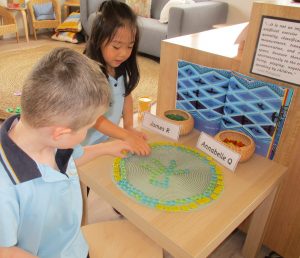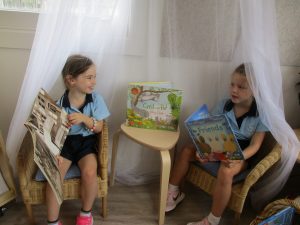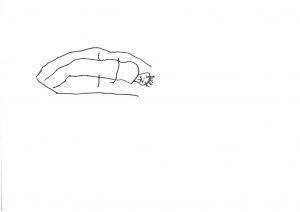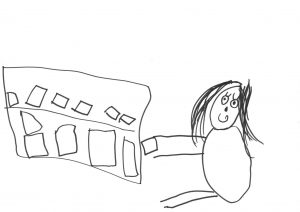Creating a Banksia Room Agreement

“In this era of globalization, the ability of individuals to learn and function as part of a group – across cultures, languages, religious beliefs, and diverse approaches to learning – is perhaps the single most essential learning capacity we will need to survive.” (Teri Turner and Mara Krechevsky, 2003)
Early Childhood Teachers acknowledge that children learn first within their family and community groups. They bring to Campbell House their prior learning, understandings, knowledge, diverse experiences and ideas around identity.
The importance of the social interaction in children’s learning and development is emphasised by social constructivist theorists such as Jean Piaget, Lev Vygotsky and Howard Gardener. As children learn and participate in their communities, they can in turn learn about how they can influence those communities.
Relationships play a significant role in children’s cognitive development, their self-identity and sense of interconnectedness. Collaboration, also plays an important part in our program amongst children, teachers and parents, as well as understanding how knowledge is co-constructed and the interdependence of individual and social learning (Baji Rankin, 2004).
Teachers have been working alongside the children to develop an agreement of things that are essential to remember while in the Banksia Room. The intention of this agreement is to help facilitate the children’s relationships by supporing their sense of connection, cooperation, collaboration as well as building a sense of responsibility.
“You be quiet” suggested Luca.
“Not disturbing” added Stephen.
“A quiet voice” echoed Henrietta.
“You have to tidy up before you go away to play” commented Stephen.
“You put your name on your building so you can save it” said Patrick.
“Play nicely” articulated Stephen.
“Can you tell me more about playing nicely?” asked Nadia
“Sharing” specified Ella.
“And caring” added Henrietta.
“Sharing and caring” asserted Patrick.
“No running” exclaimed Stephen.
“Walk in the classroom” confirmed James R.
“Play together” proposed Annabelle Q.
“Say please” said Béatrice.
In this exchange of dialogue, the children are listening to the perspectives of others and expressing their ideas and opinions. The next step in this process is to develop a visual display for the Classroom Agreement of the children’s thoughts and ideas. Educators look forward to collaborating with the children in the coming weeks to finalise this documentation.






